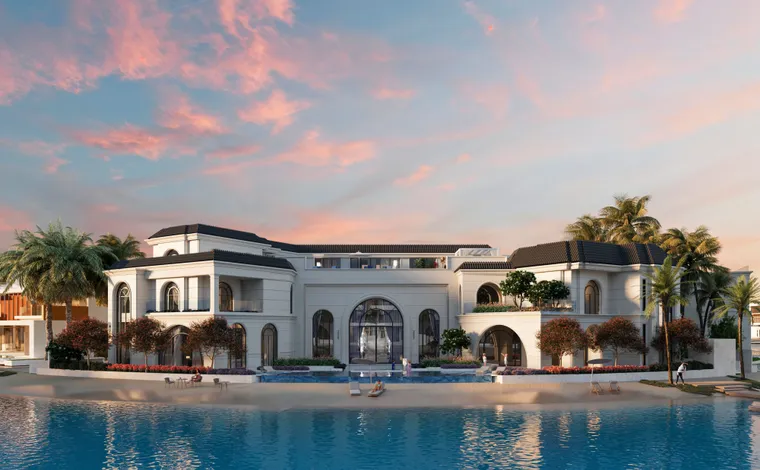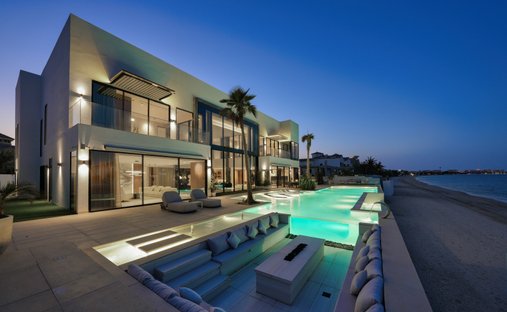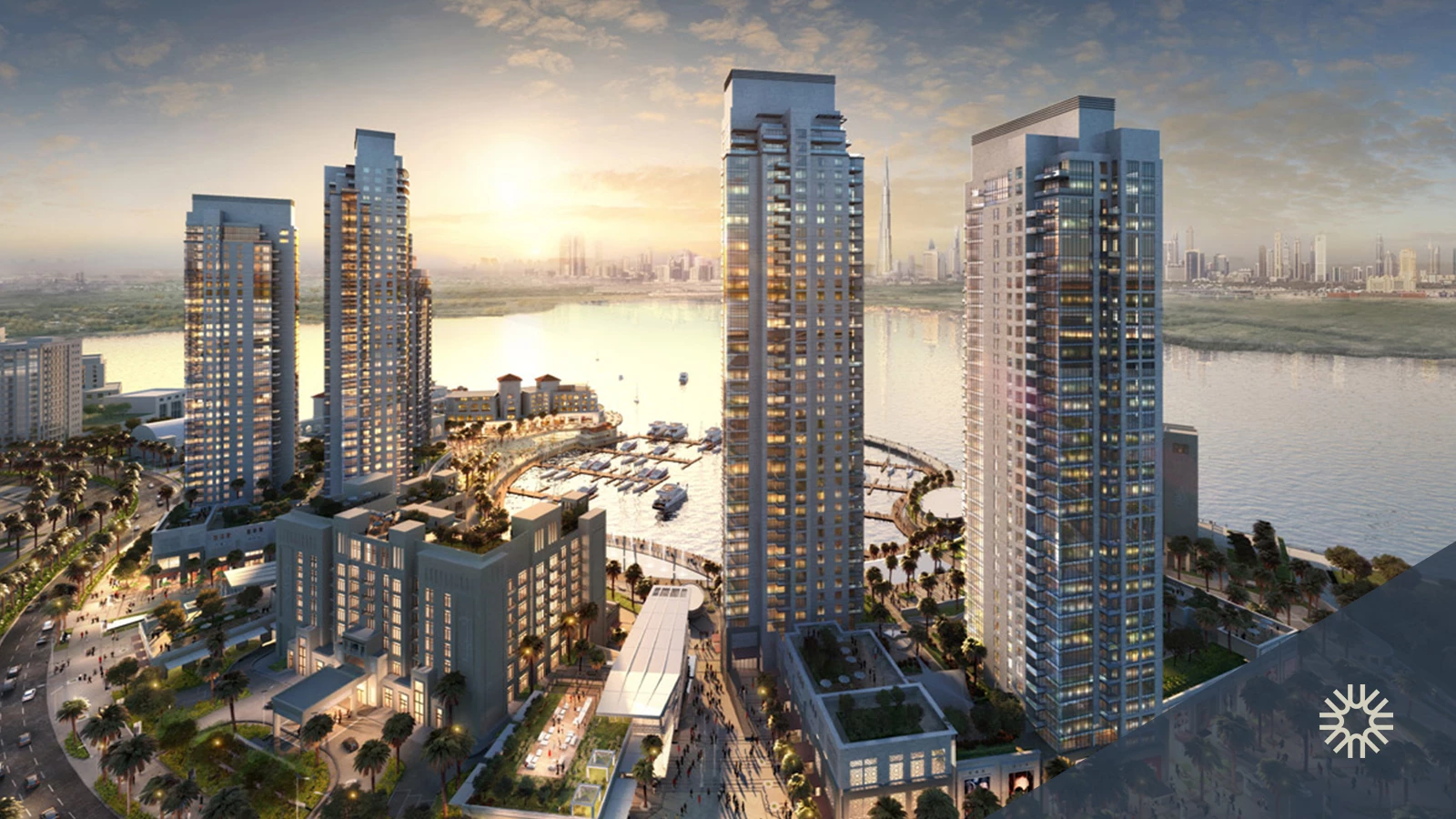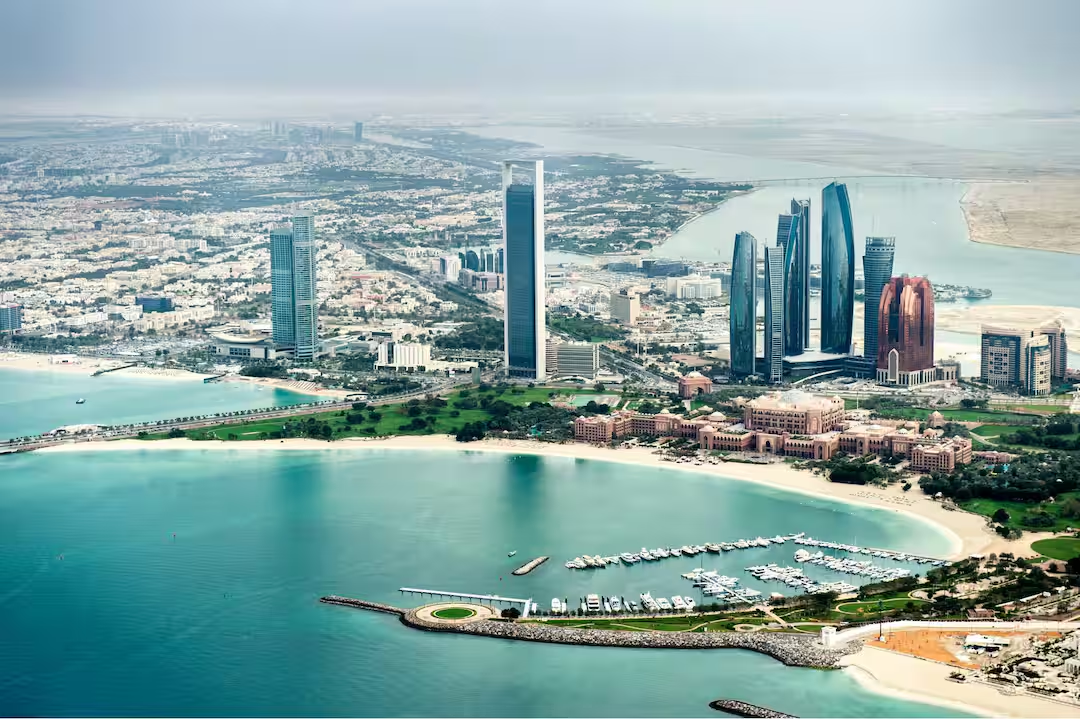Now Reading: Luxury Ski Resorts Property Demand: Boosting Nearby Real Estate
-
01
Luxury Ski Resorts Property Demand: Boosting Nearby Real Estate
Luxury Ski Resorts Property Demand: Boosting Nearby Real Estate

Luxury ski resorts property demand plays a significant role in shaping real estate markets in mountain and alpine regions. High-end resorts attract affluent visitors, seasonal residents, and investors, leading to increased demand for nearby residential, commercial, and vacation properties.
This article examines how luxury ski resorts impact property markets, the factors driving demand, and the benefits for developers, investors, and local communities.
Understanding the Influence of Luxury Ski Resorts
Luxury ski resorts serve as recreational, leisure, and lifestyle hubs, offering skiing, snowboarding, fine dining, and wellness experiences. Their presence creates several effects on surrounding property markets:
- Increased interest from second-home buyers and vacation homeowners
- Rising demand for rental properties catering to tourists
- Development of supporting infrastructure and amenities
- Enhanced appeal of surrounding areas for long-term residents
Key Drivers of Property Demand Near Ski Resorts
1. Seasonal Tourism and Visitor Spending
- Ski resorts attract domestic and international tourists
- High footfall boosts demand for short-term rentals and vacation homes
- Increased spending supports retail, hospitality, and service sectors
2. Lifestyle and Luxury Appeal
- Affluent buyers seek properties offering ski-in/ski-out access and premium amenities
- Scenic mountain views, exclusivity, and community prestige attract high-net-worth individuals
3. Infrastructure Development
- Roads, transportation, and public services improve accessibility
- Hotels, restaurants, and retail developments enhance property attractiveness
- Integrated resorts often include residential units, boosting local real estate
4. Investment and Rental Income Potential
- Properties near luxury ski resorts often offer strong rental yields during peak seasons
- Short-term vacation rentals provide investors with income while preserving property value
5. Events and Cultural Attractions
- Annual ski competitions, festivals, and luxury events increase visibility and desirability
- Seasonal events drive demand for both residential and commercial spaces
Residential Trends Around Luxury Ski Resorts
Luxury Chalets and Villas
- High demand for private residences with direct access to slopes
- Premium finishes, large living spaces, and mountain views are key selling points
Apartments and Condominiums
- Popular for investors and seasonal residents
- Shared amenities like gyms, spas, and concierge services enhance appeal
Mixed-Use Developments
- Integration of retail, restaurants, and residential units creates vibrant communities
- Residents enjoy convenience and lifestyle benefits, increasing property value
Commercial and Hospitality Developments
- Boutique hotels and resorts attract both tourists and investors
- Retail outlets, ski schools, and equipment rentals support the local economy
- Restaurants and entertainment venues increase foot traffic, benefiting nearby properties
Case Studies: Global Examples
Courchevel, France
- Luxury ski resort with high-end chalets, apartments, and villas
- Proximity to the resort drives strong property demand and premium pricing
Aspen, USA
- High-net-worth buyers invest in vacation homes near ski slopes
- Real estate market benefits from both seasonal and long-term residents
St. Moritz, Switzerland
- Exclusive resort town with luxury hotels and residences
- International investors contribute to sustained demand for nearby properties
Alpe d’Huez, UAE-linked Alpine Resorts (hypothetical/analogous example if targeting UAE investors)
- Emerging luxury resorts create opportunities for high-end property investment
- Infrastructure, accessibility, and lifestyle amenities drive residential and commercial growth
Benefits of Ski Resort Proximity for Property Markets
For Developers

- Opportunities to create premium residential and mixed-use communities
- Higher pricing potential for slope-side properties
- Integration with resort facilities enhances market appeal
For Investors
- Rental income and capital appreciation potential
- Diversified investment in leisure-driven markets
- Access to exclusive and high-demand properties
For Local Communities
- Economic growth from tourism and real estate investment
- Job creation in hospitality, construction, and retail sectors
- Development of public amenities and improved infrastructure
Challenges and Considerations
- Seasonal Dependency
- Property demand may fluctuate outside of peak ski seasons
- Rental income may be uneven, requiring careful planning
- High Maintenance Costs
- Alpine climates can increase property upkeep and maintenance costs
- Snow removal, heating, and slope access require ongoing investment
- Accessibility and Infrastructure
- Remote mountain locations may pose transportation challenges
- Investment in roads, parking, and connectivity is crucial
- Market Competition
- Multiple ski resorts in close proximity may split demand
- Unique selling propositions, like luxury amenities and slope access, are essential
Future Trends in Luxury Ski Resort Real Estate
- Smart and Sustainable Properties: Energy-efficient chalets and eco-friendly construction
- Integrated Resort Communities: Combined residential, retail, and leisure spaces
- Global Investor Appeal: Attracting international buyers seeking vacation homes and investment properties
- Enhanced Connectivity: Improved transport links and resort accessibility driving property demand
- Experience-Oriented Developments: Focus on lifestyle, wellness, and recreational amenities
Conclusion
Luxury ski resorts property demand significantly influences real estate markets by driving residential and commercial growth, attracting high-net-worth buyers, and supporting local economies. Properties near luxury resorts benefit from premium pricing, rental income potential, and lifestyle appeal, making them highly desirable for both investors and residents.
As ski resorts continue to expand and integrate with residential and commercial developments, the demand for nearby properties is likely to grow, reinforcing the value and investment potential of these alpine and leisure-oriented markets.
Follow us on: Instagram
Read More:The Role of Smart Sensors in Modern Housing Projects






















